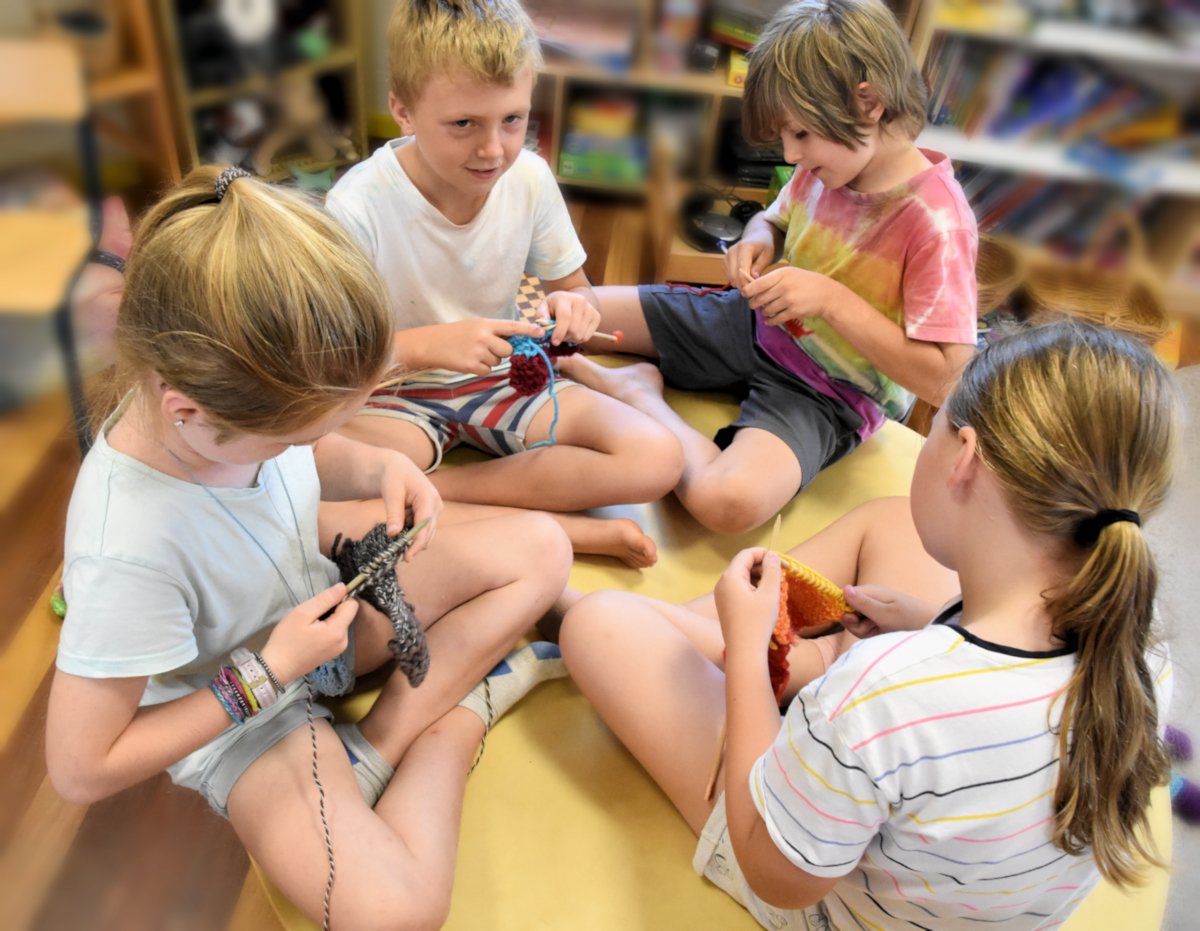
The 2019 Digital Pulse report compiled by De Deloitte Access Economics concluded that Australia needs at least 100,000 more technology workers by 2024 to keep up with the global marketplace.
However, with a skills shortage in key industries, schools, governments and the corporate sector are scrambling to ensure young people are prepared for the jobs that will be most in demand by this time. It is expected that there will be 29 million different skills shortages in Australia alone by 2025.
For their part, schools are ramping up STEM education programs to ensure that young people are prepared for the jobs of the future.
However, while this endeavour employs a vast range of digital devices and online platforms, one school is taking a markedly low-tech approach to ensuring its students are ready for the modern workforce: knitting.
According to Birali Steiner School principal, Chris Jack, learning to knit is to essentially learn binary code – the building blocks for any modern computer.
“Teaching young children to knit encompasses age-appropriate technology while developing practical, mathematical concepts,” Jack told The Educator.
“In the preschool children learn to finger knit which supports the healthy development of fine motor skills and coordination of left and right hemispheres of the brain”.
Jack said that in Class 1, the children make their own knitting needles from dowel, sharpening, sanding and finishing and then learn to knit using their own needles.
“Children also count the number of stitches after each row to determine whether any stitches have been lost or added, requiring a concept of addition and subtraction and estimation,” he said.
“Ten rows of ten stitches gives you one-hundred stitches forming a square which brings in multiplication and geometry”.
Jack said researchers have also investigated the links of knitting to coding.
“Following a series of stitches in a pattern [for example knit one, pearl one] creates a finished product, data in, output – fabricated product,” he said.
“This is arguably a demonstration of binary maths. Hands on learning is essential in Early Childhood and knitting facilitates this beautifully”.
Jack said one of the most encouraging outcomes of the knitting programme is the sense of achievement the children feel as they complete their first square of knitting.
“This really develops perseverance. Once the basic skill is learnt, the students go on to more complex projects including scarves, animals and beanies,” he said.
“Craft lessons are generally held in the afternoon, allowing time to digest the academic work from the morning's focus bringing a balance between head, heart and hands. Knitting fosters a very positive social atmosphere where the children help each other fostering a growing sense of independence”.
In keeping with the Steiner philosophy, younger students at Birali must leave their electronic devices at the door before they begin their classes.
Jack says this policy is driven by neuroscience, which he said is increasingly signifying the importance of movement and hands-on, practical learning engaging the senses of the whole child.
“The deeper learning is that, ‘if I apply myself to a project over time, I can create something both beautiful and practical’. What a great lesson”.


